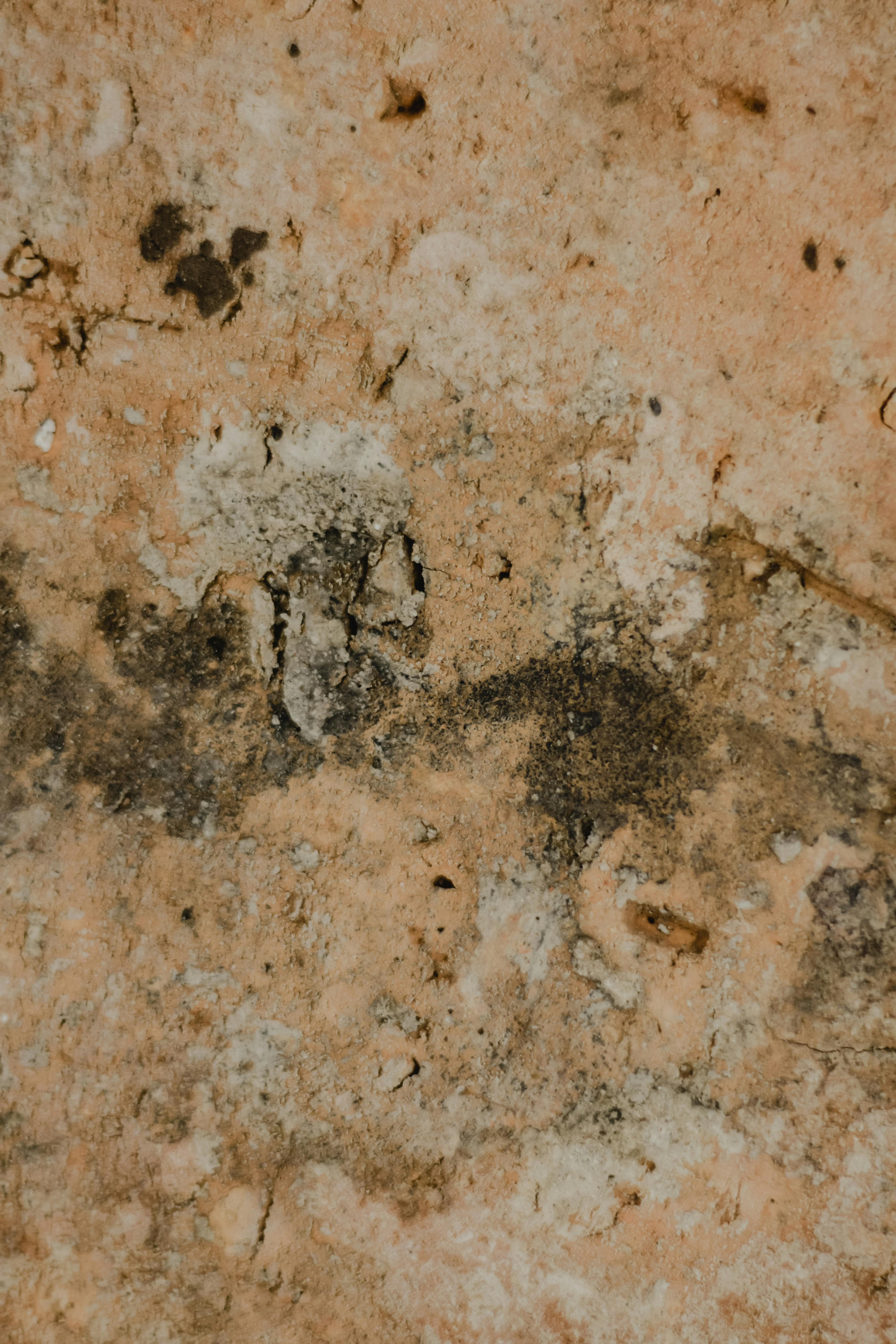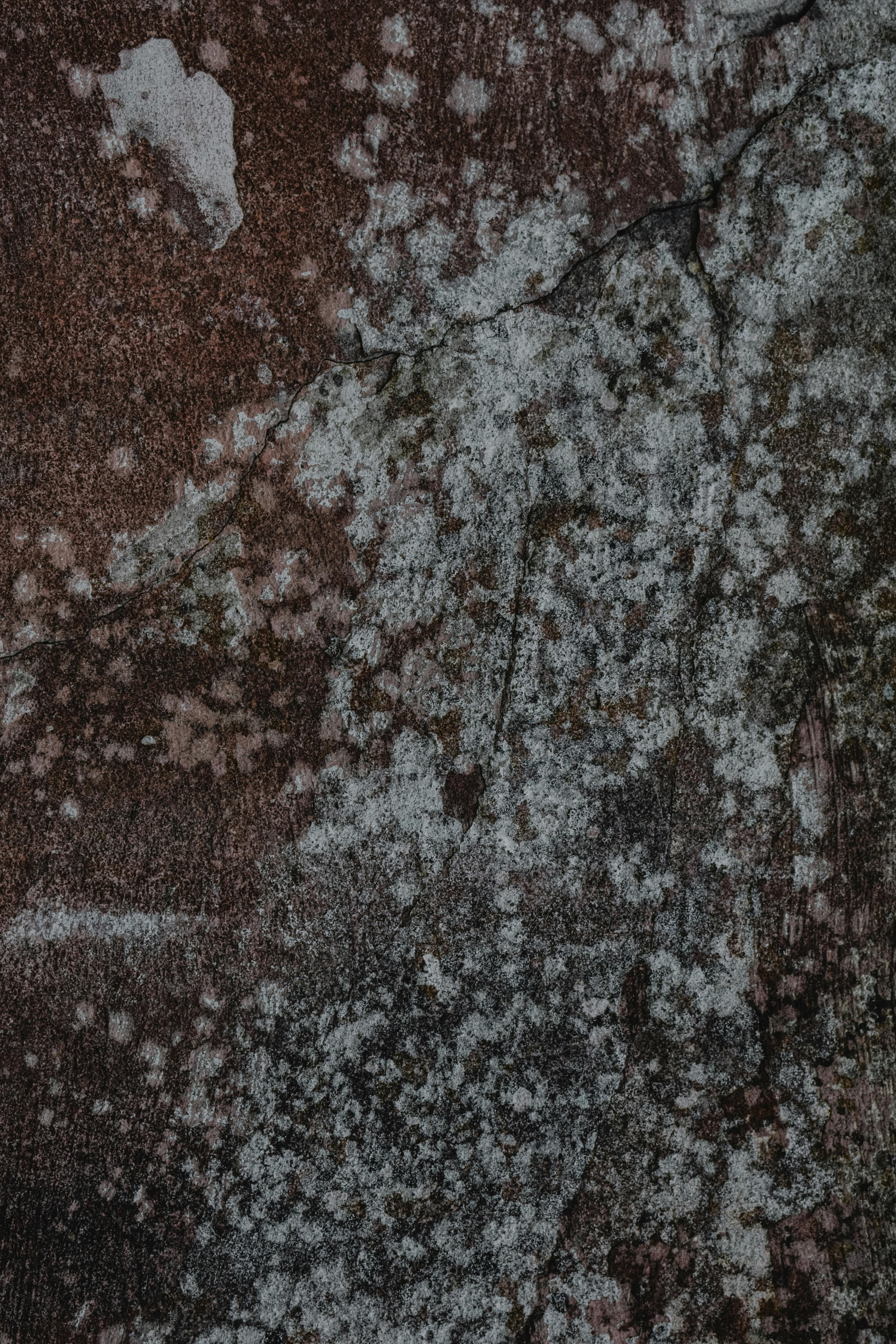Understanding Schimmel Wand and Its Impact on Your Home
What is Schimmel Wand?
Schimmel wand, commonly referred to as mold or mildew, can significantly affect the health and ambiance of your living space. Mold thrives in damp, humid conditions and can often be found on walls, floors, and other surfaces. Understanding **schimmel wand**, its types, and how it develops is essential for homeowners looking to maintain a healthy environment. The lifecycle of mold includes spores, which can quickly multiply if the right conditions persist. Addressing the issue promptly is crucial to prevent further infestations and potential health risks for the inhabitants.
How Schimmel Wand Develops
The development of schimmel wand occurs primarily in conditions of excess moisture. Common sources of moisture include leaks in plumbing, condensation, or poor ventilation. In many cases, mold spores are already present in the environment, awaiting the right conditions to proliferate. An unventilated bathroom or a basement with plumbing issues often provides an ideal habitat for mold. For instance, if your bathroom lacks a functional exhaust fan, it may lead to significant moisture buildup, creating a perfect environment for molds like **Penicillium** and **Aspergillus**. Using dehumidifiers can help control humidity levels, thereby reducing the risk of mold growth.
The Health Risks of Schimmel Wand
Living in proximity to schimmel wand can pose numerous health risks, particularly for individuals with respiratory conditions, allergies, or weakened immune systems. Exposure to mold can lead to a range of symptoms, including sneezing, coughing, skin irritations, and even more severe respiratory issues. For instance, mold spores can cause allergic reactions, leading to chronic sinus issues or asthma attacks. It’s crucial to monitor indoor air quality and maintain clean, well-ventilated spaces to mitigate these risks. For homeowners, regular inspection for signs of mold growth, especially in damp areas, is a proactive approach to ensure a safe living environment.
Identifying Schimmel Wand in Your Home
Recognizing schimmel wand is the first step towards effective mold management. The presence of a musty odor is often the most noticeable sign of mold in a home. Additionally, you may see visible patches of mold on walls, ceilings, or other surfaces, particularly in typically damp areas like bathrooms and kitchens. Another vital indicator is peeling paint or wallpaper, which may occur due to moisture intrusion. To conduct a thorough inspection, it’s essential to look for hidden moisture sources such as leaking pipes or condensation on windows.
Visual Signs of Mold
When looking for schimmel wand, physical signs can range from small spots to larger patches. Mold can appear in various colors, including black, green, and white, often indicative of different types of fungi. For example, black mold (Stachybotrys chartarum) can be especially concerning due to its link to severe health issues. A practical example to identify mold is to check recessed areas behind furniture or under sinks where moisture may accumulate unnoticed. Regularly cleaning these areas can help reduce the chances of stagnant moisture and mold growth.

Tools for Detection and Assessment
Utilizing various tools for detecting schimmel wand can aid in early identification and assessment. Homeowners can invest in moisture meters to monitor humidity levels in their homes. Regularly using a hygrometer can help track humidity levels, ensuring they remain within efficient ranges, typically between 30-50%. Additionally, DIY mold test kits are available that can give insights into the presence of mold spores in the air or on surfaces. Upon finding significant mold presence, it may be prudent to consult professionals for a thorough analysis and remediation strategy.
Preventing Schimmel Wand Growth
Preventing the growth of schimmel wand involves a multi-faceted approach focused mainly on managing moisture. Ensuring proper ventilation is vital in areas prone to excess humidity. Installing exhaust fans in kitchens and bathrooms, opening windows when weather permits, and using air conditioning can all help maintain airflow and reduce moisture levels. Furthermore, regular maintenance checks of roofs and plumbing can prevent leaks from facilitating mold growth.
Effective Moisture Control Practices
Employing effective moisture control practices is key in combating schimmel wand. Start by fixing any water leaks promptly to eliminate sources of moisture. Use a dehumidifier in areas that seem perpetually damp, like basements or laundry rooms, to help control humidity levels effectively. Additionally, consider using mold-resistant products during home renovations, such as mold-resistant drywall and paints, which can significantly lower the chances of mold seepage into surfaces. A proactive approach can save not just your walls but also your health by preventing mold growth before it starts.

Long-Term Strategies for Management
For long-term effectiveness against schimmel wand, it’s essential to implement consistent maintenance strategies. Regularly inspect vulnerable areas of the home, watching for any signs of leaks, condensation, or water damage. Keeping gutters clean ensures proper drainage away from the house, preventing water accumulation around the foundation. Additionally, implementing routine cleaning using mold-inhibiting solutions can create an inhospitable environment for mold to thrive. By prioritizing these practices, homeowners can develop a strong defense against potential mold outbreaks.
FAQs
1. How can I remove schimmel wand from my walls?
To remove schimmel wand from your walls, mix one part bleach with three parts water in a spray bottle and apply it to the affected area. Allow it to sit for 15 minutes before scrubbing the surface with a brush. Rinse with clean water afterward. It’s vital to wear gloves and a mask to protect yourself from inhaling mold spores. If the area is extensive, consider hiring a professional remediation service.
2. Can schimmel wand return after removal?
Yes, schimmel wand can return if the underlying moisture issues are not addressed. Once you take care of the mold, ensure that areas remain dry and well-ventilated to prevent regrowth. Maintaining a humidity level below 50% will significantly reduce the chances of mold reappearing.
3. What are some DIY methods for preventing schimmel wand?
Some effective DIY methods for preventing schimmel wand include regularly cleaning areas prone to moisture, using vinegar or baking soda as natural mold removers, and ensuring proper ventilation in the home. Additionally, check for and seal any cracks or leaks to keep moisture at bay.
4. Is schimmel wand harmful to pets?
Yes, schimmel wand can be harmful to pets, leading to respiratory issues and allergies similar to those experienced by humans. If you suspect a mold problem in your home, it’s crucial to address it promptly for the health of both your family and your pets.
5. When should I call a professional for schimmel wand concerns?
Consider calling a professional for schimmel wand concerns if you notice extensive mold growth, if it reoccurs after removal, or if you have health issues that might be exacerbated by mold exposure. Professionals can provide thorough assessments and effective remediation strategies to ensure your home is safe.
6. How quickly can schimmel wand spread in a home?
Schimmel wand can spread rapidly, often within 24-48 hours, given the right conditions of warmth, moisture, and organic material to feed on. Therefore, quick action is critical once mold growth is observed.
Key Takeaways
- Schimmel wand often develops in moist, humid environments and can pose serious health risks.
- Early identification through visual inspection and odor detection is crucial for effective remediation.
- Preventing mold growth requires consistent moisture control practices and regular home maintenance.
- Use appropriate dehumidifying equipment and mold-resistant products to protect your home.
- Consult professionals for extensive mold issues to ensure comprehensive remediation and health safety.
Understanding **schimmel wand** and its management is essential in preserving a healthy living environment. By being informed and proactive, homeowners can effectively combat mold growth and its associated risks.
